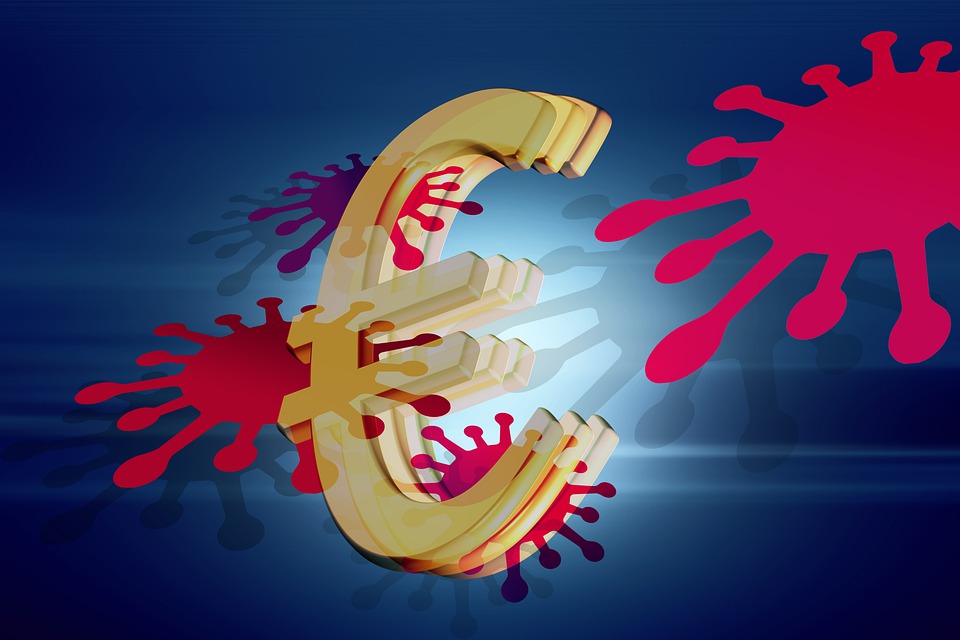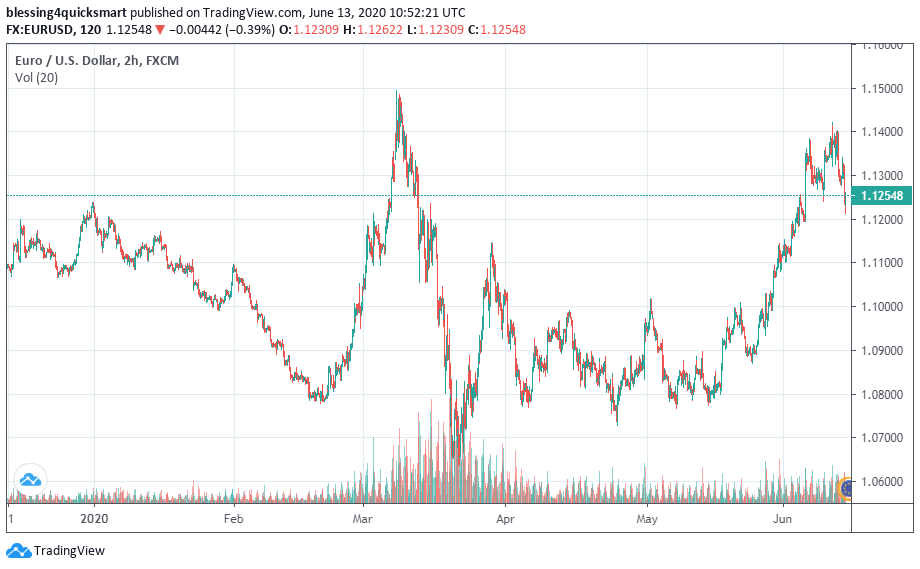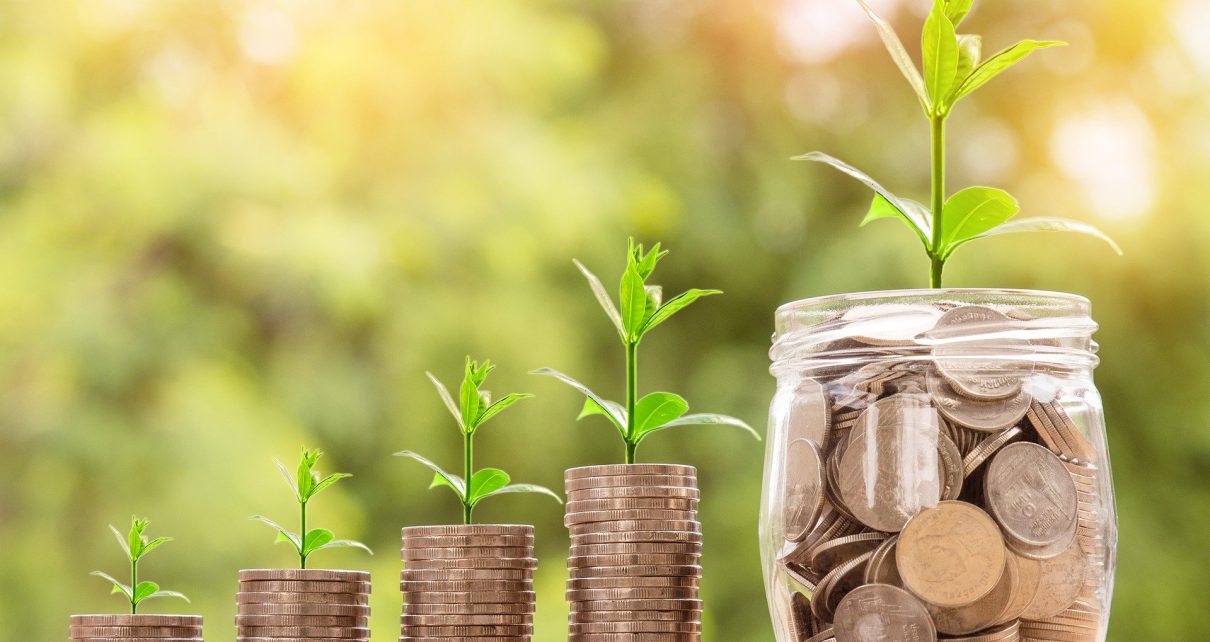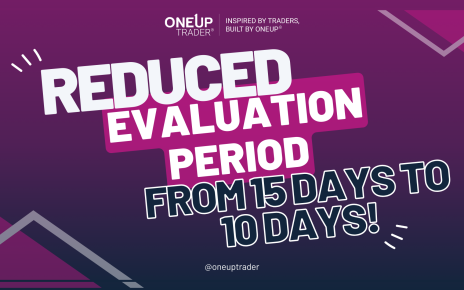Economies that take the primary steps to ease COVID-19 lockdown measures are beginning to record significant improvements in suppressing the virus. This gradually leads to economic recoveries. Also, it is an indication that the second upsurge of the coronavirus infections is unlikely to occur.
The initial phases of recovery from the COVID-19 recession are comparatively homogeneous through countries. Nonetheless, the rate of recovery is not the same between industries inside countries.
Also, not all countries provided adequate economic support to their citizens and businesses. This is likely to result in heterogeneous recoveries which should be more evident by late summer.
Moving forward, it is expected that the rate of recovery will diverge. Countries that provided support to their private sector and those who do not may record different rates of the rebound in a couple of weeks when the first wave of recovery is over. Be warned though that if asset recoveries get higher than anticipated it could generate further risks of policy errors.
Unequal Economic Recovery Across Europe

Europe’s COVID-19 response catches up with that of the USA. However, there is still a large implementation gap. The economic recovery rate differs among EU countries because of the available resources differential. The level of funds provided by the Member States for paying workers’ wages and supporting affected businesses differ across countries.
This poses risk to the Euro Market and serves as a potential threat to the existence of the European Union.
Germany’s Stimulus Package and ECB’S Decision Pushes up the Euro and European Equities

Covid-19 pandemic and the upshot of the lockdown on euro economy
The Euro and European assets crashed significantly during the primary phase of the COVID-19 pandemic. In the meantime, a fresh transformation appears to be occurring in Europe. Germany’s incentive to expand the recovery fund to 1.35 trillion euro and the ECB’s resolution to additionally buy more assets minimizes the optimal risk that a Eurozone member state will secede.
This increased sentiment about the euro and European equities. However, time is still unripe to turn towards the region for strategic investments.

EUR/USD recovered from 1.12125, made a high of 1.3406 and then compressed its upward movement at 1.12548 signaling that bullish trend is fading away.
What Investors should do?
The COVID-19 crisis has disturbingly sparked existing fiscal and societal trends in multiple ways. The pandemic has triggered an age of state-owned private enterprise. It doesn’t look as if governments and central banks will withdraw from the financial market soon.
As the government of nations and central banks continue to engage in the financial market, it could result in inflation increase. However, it will likely take many years to get there. It is not going to happen today or tomorrow.
An ounce of gold costs 1,700 dollars in response to the profound recession. The only way the price of gold will make it above 2000 dollars in the interim is if similar chains of policy slip-ups that triggered the 1930s recession occur.
In the long run, after the price consolidates, it would make fresh highs when reflation goes up. Meanwhile, regarding equity’s outlook, it’s better to go with quality and growth themes given the current lack of convincing proof of reflation. Value stock, for instance, is tradeable in a lot of ways. It is better to trade value stocks that go for investable instruments.
Conclusion
While the pandemic has resulted in the management of fixed income markets including high-quality corporate by policymakers, the best bet is to gather the equity value risk premia bearing in mind if the bankruptcy risks of discrete names. Again, diversification of individual risks and sticking with the Strategic Asset Allocation (SAA) is the best way to go.




